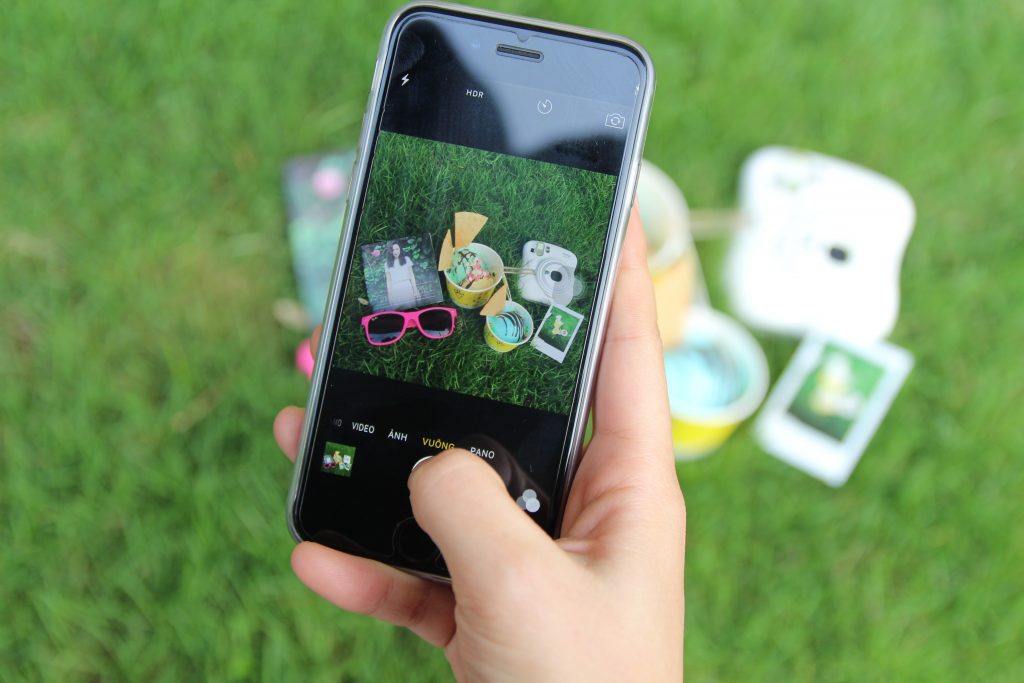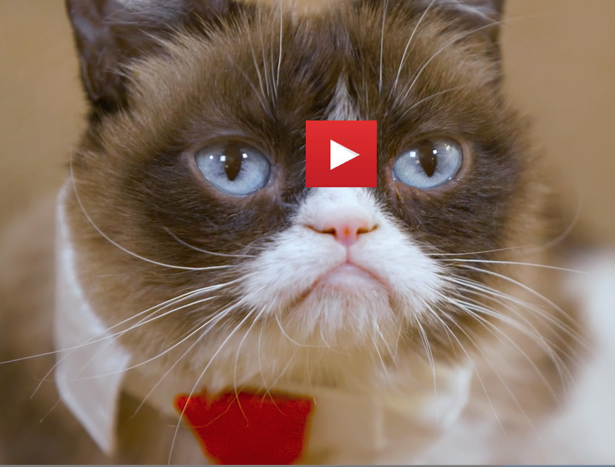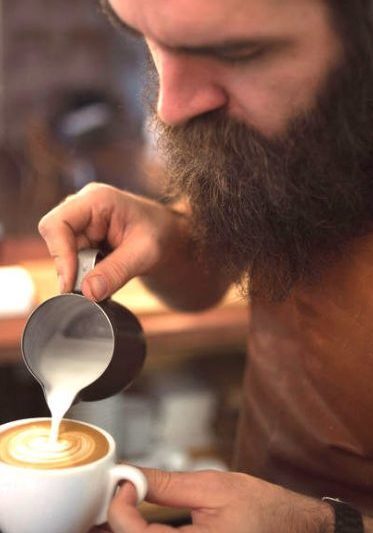Once upon a time, brands purchased advertisements which effectively influenced prospective buyers. In those days, consumers were at the mercy of advertising claims made across traditional outlets (e.g., network television, radio, newspapers, and magazines).
Nowadays newspapers struggle to generate sufficient ad revenues to stay solvent, people TIVO past television commercials, and giants in radio like iHeartRadio recently filed for bankruptcy. Thanks to social media, many brands have softened their traditional media buys and have focused instead on influencing purchasers through a variety of strategies. These approaches include such things like targeted political messaging on Facebook and paying influencers to position products.
Influencer is the Buzzword
Let’s look at the latter option – using influencers to drive product awareness and sales. The rise of social media influencers is well-chronicled. For example, the social/community company Crowd, notes:
“Influencer” is the biggest buzzword at the moment. Social Media Influencer Marketing is becoming one of the most effective ways to attract customers and opens up a new channel for brands to connect with consumers directly, amplify their message and increase buzz and brand awareness.
Favoring Social Media Influencers
Those of us who make a living helping brands deliver engaging experiences across their journey with a company (including during the awareness, consideration, and intent to purchase phases), appreciate important benefits of social media influencer strategy:
- Now more than ever people don’t trust brands or individuals who overtly advertise on behalf of a brand. Yocale Business cites a 2017 Trinity Mirror/Ipsos study which showed 42% of respondents said they distrusted brands and 69% distrusted brand’s advertising. It’s a growing problem too as 37% reported they trust brands less than they used to and 43% claimed to trust advertising less than they used to. The report seems to point out that the customer baseline is distrust — and brands have to work from there to gain it back.
- Endorsements and paid “celebrity” pitchmen/women (once a staple in the marketing arena) are also losing favor. (In Crowd cites a study by Roth Capital Partners noting, “78% of respondents…showed a distinct cynicism for celebrity-based marketing; given the millennial insistence on authenticity, this result is not terribly surprising.”
- In lieu of formal endorsement deals, brands on social media often pay handsomely to position their products in the lifestyle path of those following social media influencers. Writing for Sprout Social Erika Held notes, “Celebrity influencers get lots of press around their multi-million dollar earnings and the brands that are writing those checks. But are they worth it? The answer, which will vary from brand-to-brand, is ‘It depends.’ First, you need to identify your brand’s goals and objectives for partnering with an influencer for a marketing campaign or content collaboration. Are you approaching it just as renting their audience? Or are you looking to form a longer-term relationship with the influencer, including co-creating content that lives on both of your platforms? Does the influencer have an engaged niche audience you haven’t been able to otherwise attract to your brand?”
- Social Media influencers don’t have to be human. Animals, for example, reduce scandal risk like that encountered by Subway sandwich shops when their past-spokesman, Jared Fogle, was arrested for child sexual abuse. At the end of 2017, Forbes reported that the #1 animal influencer was Grumpy Cat.
Caveats of Social Media Influencers
Given all the factors mentioned above (and a host of other converging trends) that favor social media influencers, a couple of liabilities associated with folding social media influencers into your customer/prospect experience marketing strategy are often overlooked. Namely,
- There is a narrow line between a paid brand spokesperson and a paid social media influencer. Increasingly the same cynicism that extends to a celebrity endorser can and does taint brands that message products through the audiences of social influencers. The Kendall Jenner Pepsi Campaign is a classic example of social influencer backlash.
- It is often difficult to accurately assess the scope of an influencer’s audience.
On the issue of verifying influencer audience size, in an article titled Study of Influencer Spenders Finds Big Names, Lots of Fake Followers Ad Week cites a study by Points North Group which concludes:
Bot fraud is an industry-wide issue and one we’re continuing to actively work on.
Even as use of influencer marketing by big marketers grows, so do questions about how it’s measured. Reach numbers used to measure influencer campaigns often come from raw follower counts, without regard to how many followers actually saw posts—or were real.
According to the Ad Age article, Points North Group attempts to use algorithms to ferret out fake follower numbers from the claimed audience size of influencers. Points North scans…
followers of influencers to sort out such things as accounts making comments in languages that don’t make sense for the content or the influencer, or accounts making the exact same comments across multiple influencers and posts…the algorithm is similar to what e-mail users lean on to sort out spam.
While I support my client’s use of influencer marketing, I caution them to consider the liabilities and verification issues that are shared above.
I also remind my clients that the best influencer is one who is not paid to overtly or subtly share a product with an audience but a customer who is so delighted with the experience they received with your brand that they authentically share it with people they know and love – so that their network of real people (no matter how large or small) might enjoy a similar experience.

Joseph A. Michelli, Ph.D. is a professional speaker and chief experience officer at The Michelli Experience. A New York Times #1 bestselling author, Dr. Michelli and his team consult with some of the world’s best customer experience companies.
Follow on Twitter: @josephmichelli





